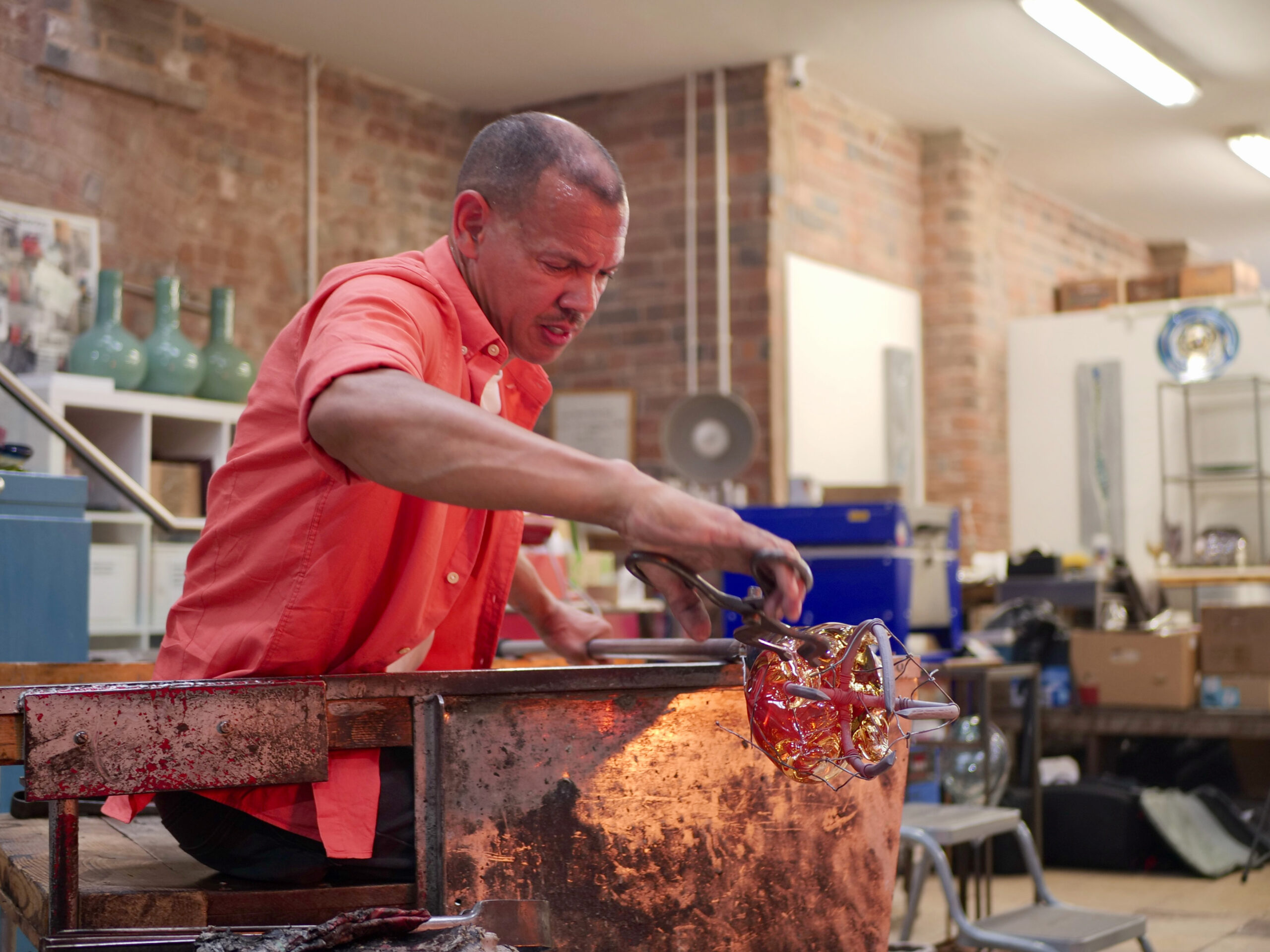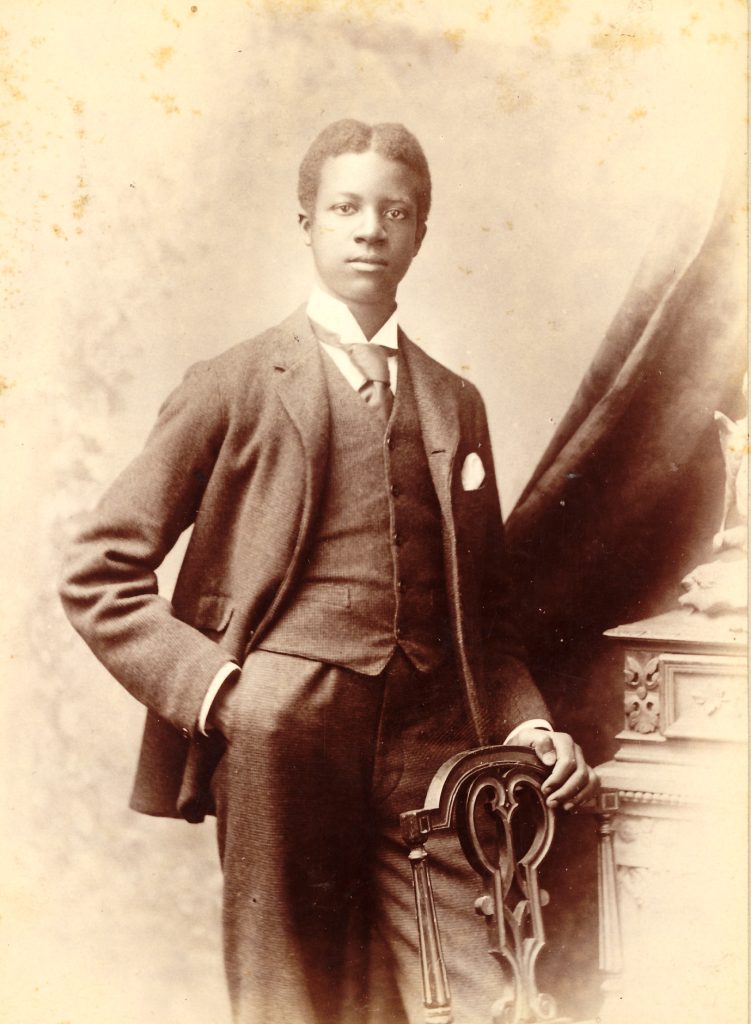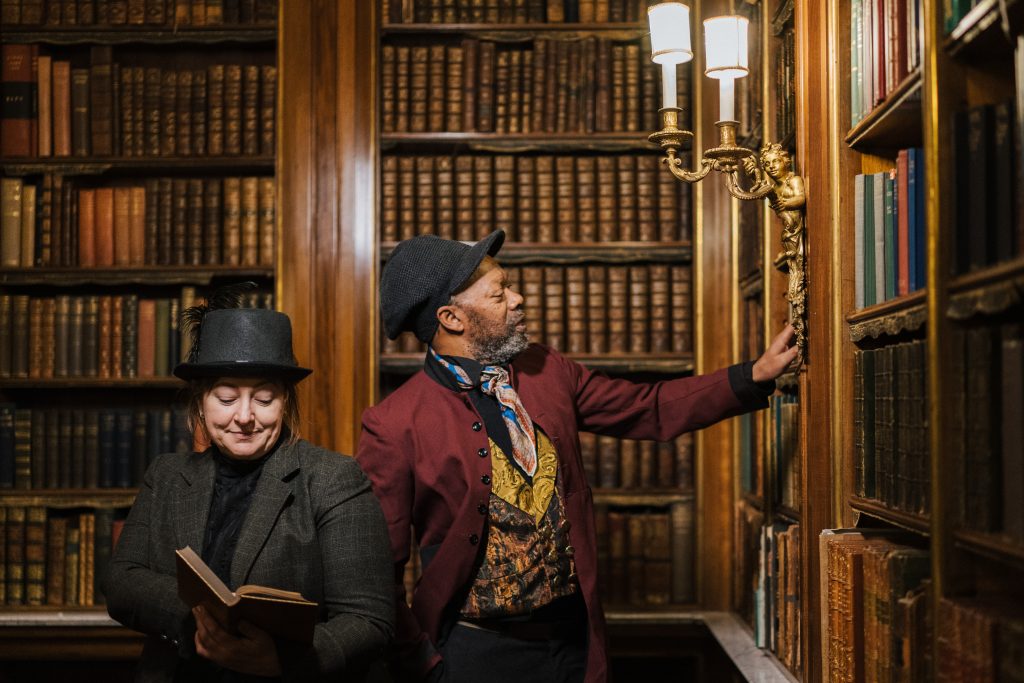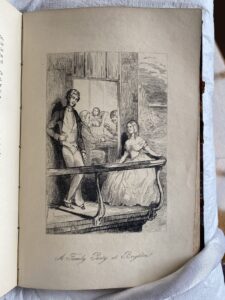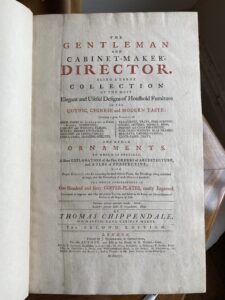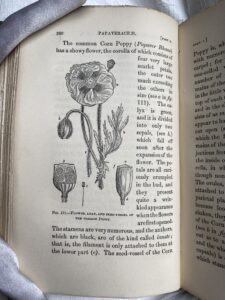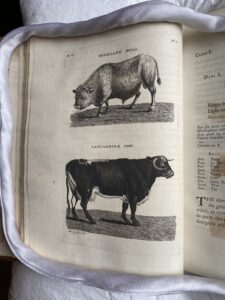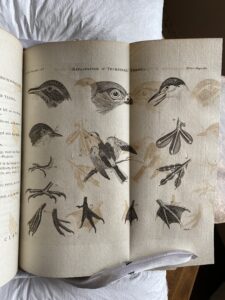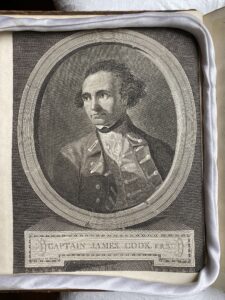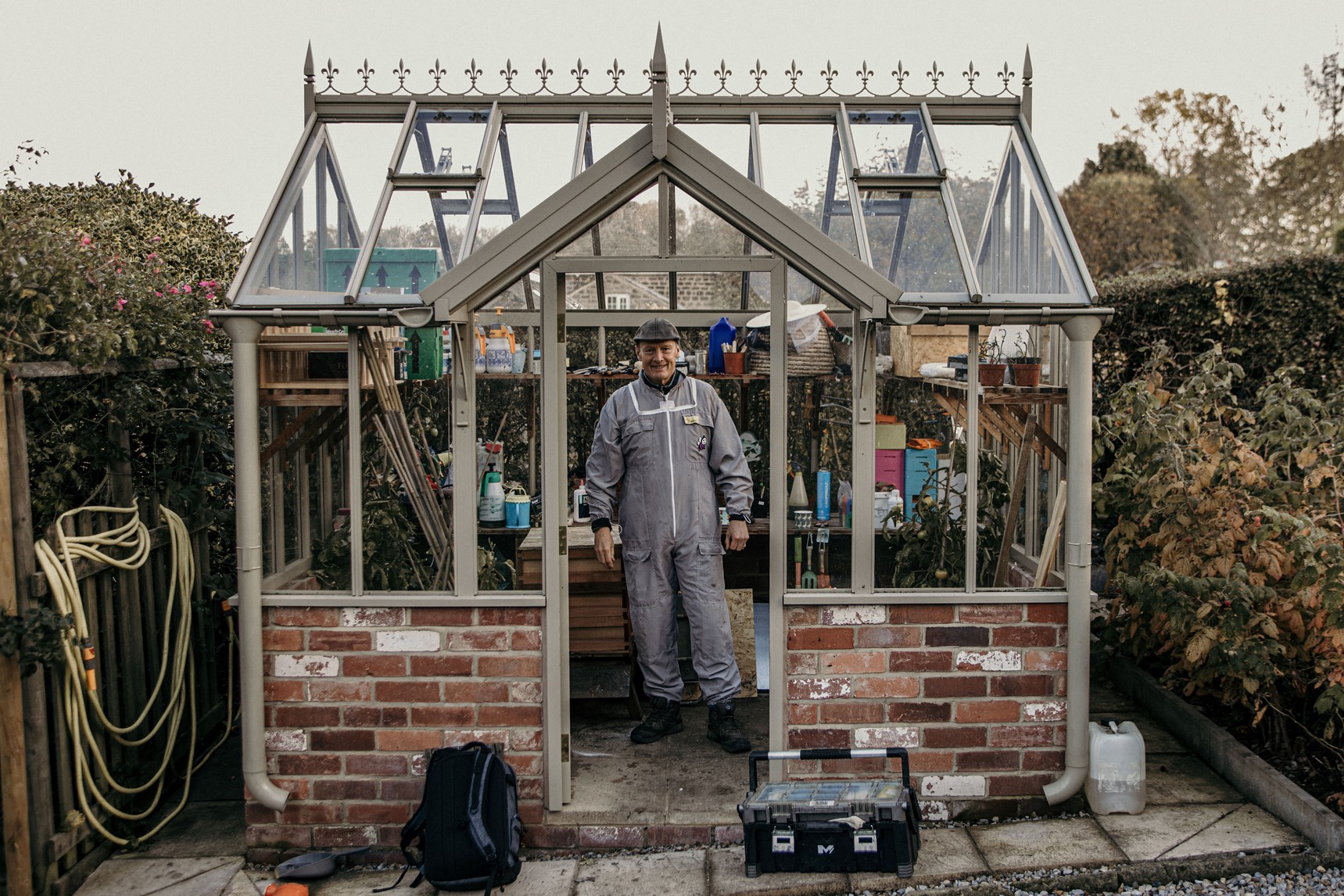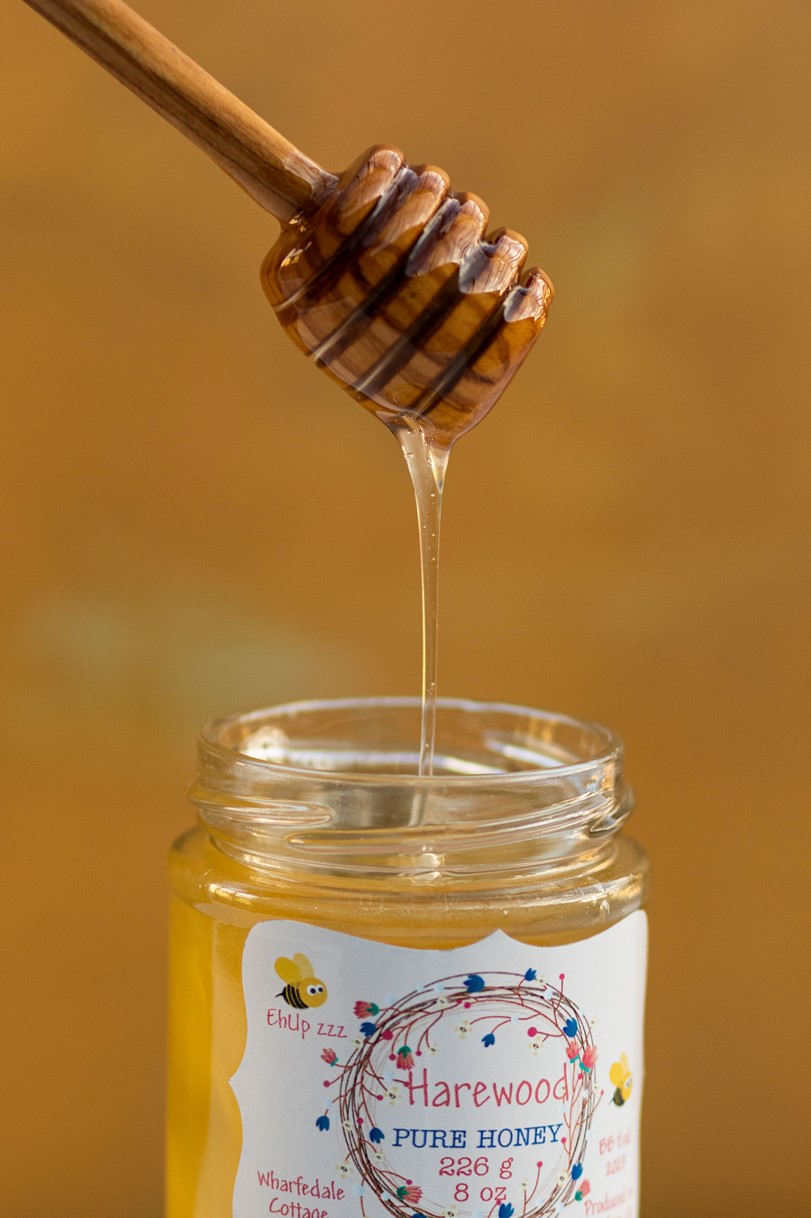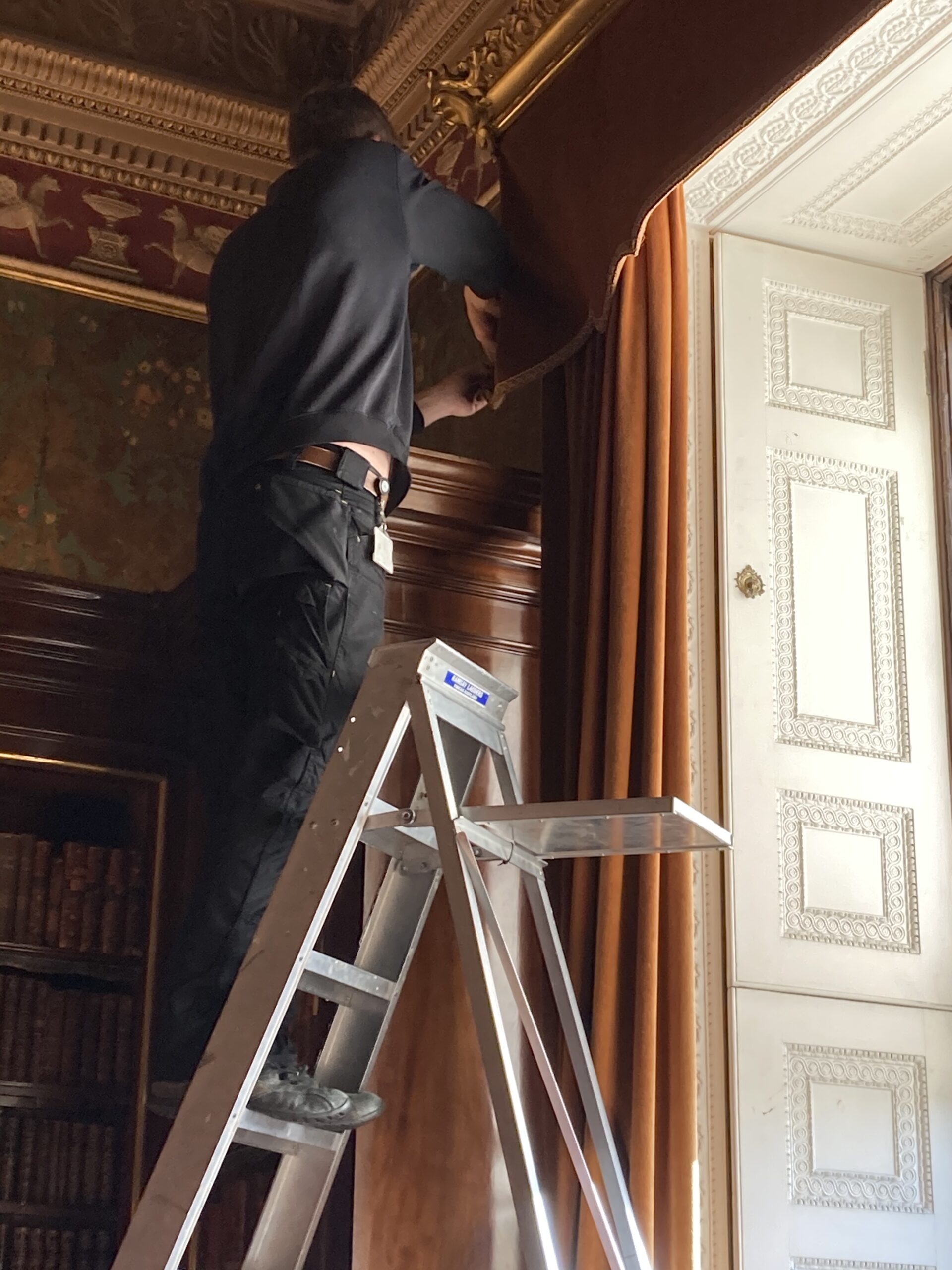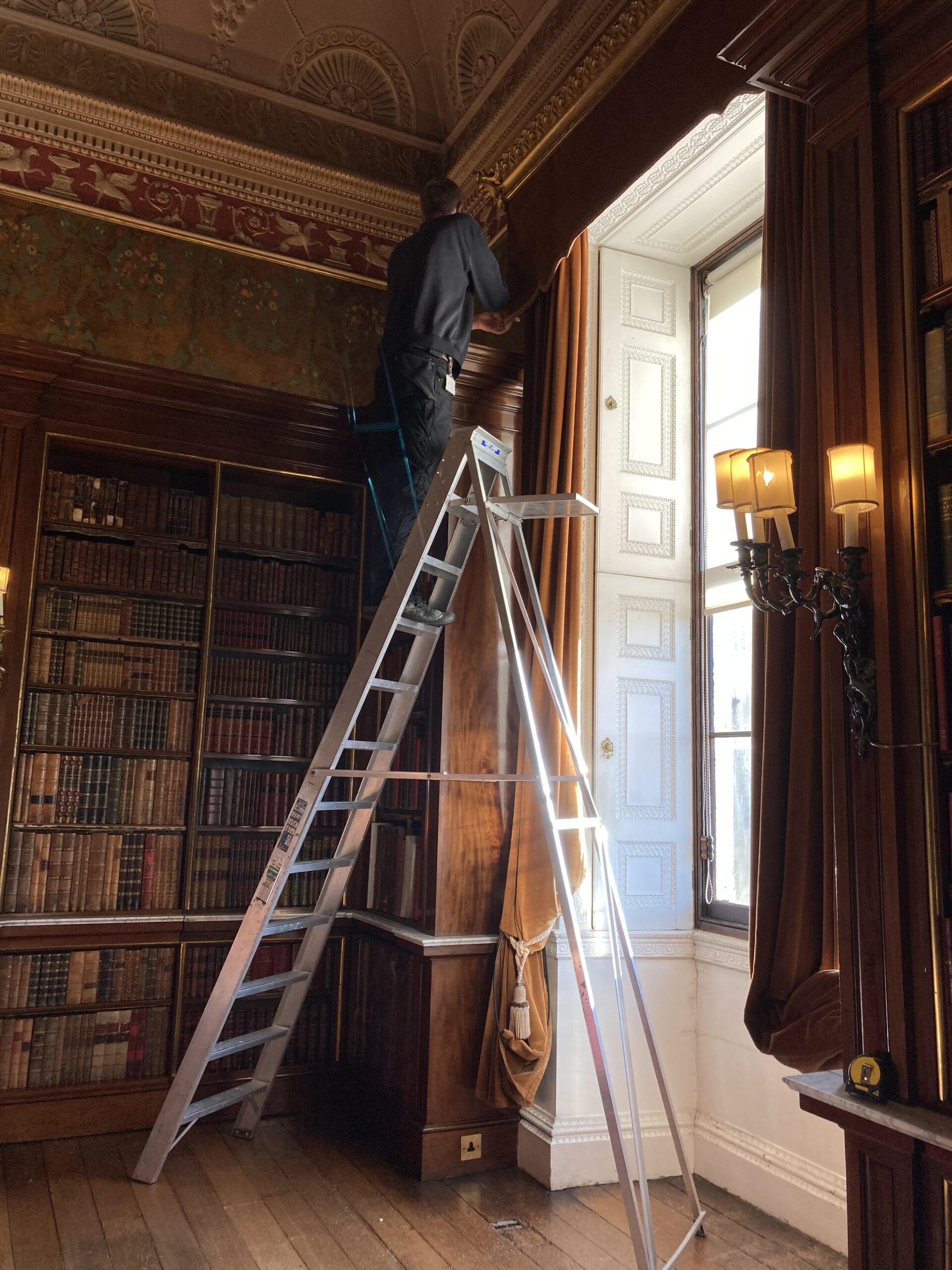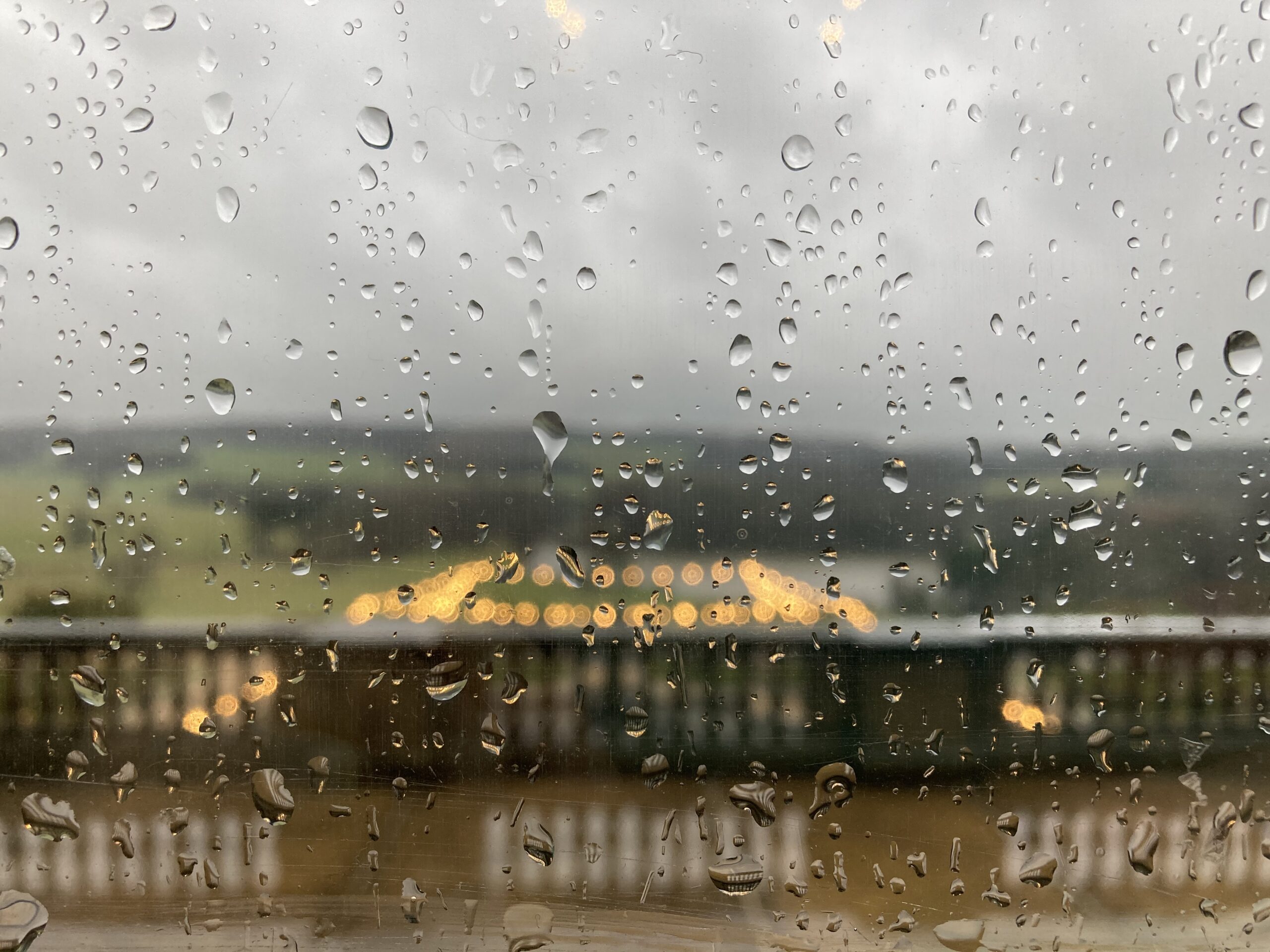
In the latest blog, Head Gardener Trevor Nicholson explains new planting schemes on the Terrace and how they tie in to Harewood’s Sustainability & Biodiversity Agenda.
Committing to our Sustainability & Biodiversity Agenda has meant we’ve had to make some pretty bold decisions lately. We are implementing a reduced tillage (‘no-dig’) policy in the Walled Garden, reviving our green waste composting system and moving towards becoming a completely ‘peat free’ garden as well as making many more other adjustments, such as weed control using cardboard re-purposed as a mulch etc.
Every year for the past 25 years we have planted two schemes, a spring-flowering scheme in autumn and a summer-flowering scheme in late spring.
All this has come with a lot of hard work and there is much work still to do as we continue to experiment and adjust to new ways of working. In the gardens, the most visible change made for environmental reasons is the U-turn away from the planting of annual bedding plants in the parterre. Every year for the past 25 years we have planted two schemes, a spring-flowering scheme in autumn and a summer-flowering scheme in late spring.
As well as costing thousands of pounds every year, planting the twice-annual bedding schemes were incredibly demanding on our small team as well as on some of our natural resources, especially water in the summer months. Our carbon footprint was also a consideration as consignments of bulbs were being shipped from Holland each year and 15,000 bedding plants packed onto trolleys were being transported from a nursery outside York. And with all of this came the twice-yearly mountain of plastic plant pots and plastic trays.
There were also questions: how were all the plants and bulbs we were buying in each year being grown? Sustainably? Organically? Peat free? And what does the carbon footprint actually look like all the way along the supply chain? The growers we have used for decades to supply the plants and bulbs for our bedding schemes are good growers who care for the environment and who have their own environmental policies. And of course, we want to support growers, especially local businesses. However, we needed a circuit-break, some ‘time out’ to review our own environmental policy and plan for the future.
Lockdown : An opportunity for gardening reflection
The opportunity to pause came during the first lockdown when we had to decide whether to spend thousands of pounds on summer bedding plants that possibly no-one would see or whether we should take the plunge and leave the parterre fallow for a season. Given the situation regarding the pandemic at that time, the fact that we were without our volunteers and with garden staff on furlough leave, we couldn’t risk the former, so we took the tough decision to cancel our order of summer bedding plants for 2020.
Over the past year we have been thinking about alternatives to using spring and summer bedding in the parterre. For ecological, environmental and biodiversity reasons we decided to ‘go perennial’. In the end we opted for lavender as the main planting, accompanied by a flash of variegated sage. This was for a variety of reasons: Lavender not only originates from the Mediterranean regions and is therefore perfectly adapted to the aspect and conditions on the terrace, it was an obvious choice as a garden plant for an Italian-style garden such as the parterre – sun-loving, drought resistant and tough, whilst also being an evergreen, highly-scented, popular, useful and beautiful herb. On top of all that, lavender ticks another important ‘eco’ box: Biodiversity. Lavender is a magnet to bees and one of the best plants for pollinators, providing a rich source of nectar both to bumblebees and honey bees, as well as butterflies at an important time in the foraging season.
With the lavender and sage all now planted, we will be keenly observing what a difference the planting of these evergreens will make. How long before they grow woody and leggy? How long will it take to clip all the lavender each year? Can we use the dried lavender flowers and clippings for essential oils or in pillows? It’s a new venture for Harewood and there are a few unknowns. It sees the first use of perennial planting on the parterre since the Arts & Crafts era of the early 20th century, when the parterre looked very different to what it does today. Both the lavender and the sage will require less water, and when fully grown will provide the structural infill to the box scrolls that will give the Terrace a real Italianate feel, standing up to the terrace stonework and the imposing south façade of the House.
Even in these early days, it feels like the right fit for Harewood today. As our aspirations in the gardens and grounds around sustainability and biodiversity begin to gain momentum, we see long grass regimes around our veteran trees becoming more established, allowing grassland soil micro-organisms to flourish. Alongside new policies for preserving deadwood habitats, the preservation and care of our soil ecosystem, as in the Walled Garden, is an inherent objective. For the first time in a generation the soil in the parterre can rest undisturbed for a while to enable roots, mycorrhizae and soil invertebrates to thrive and coexist symbiotically. And who knows what benefits this will bring to the health and wellbeing of the garden.
